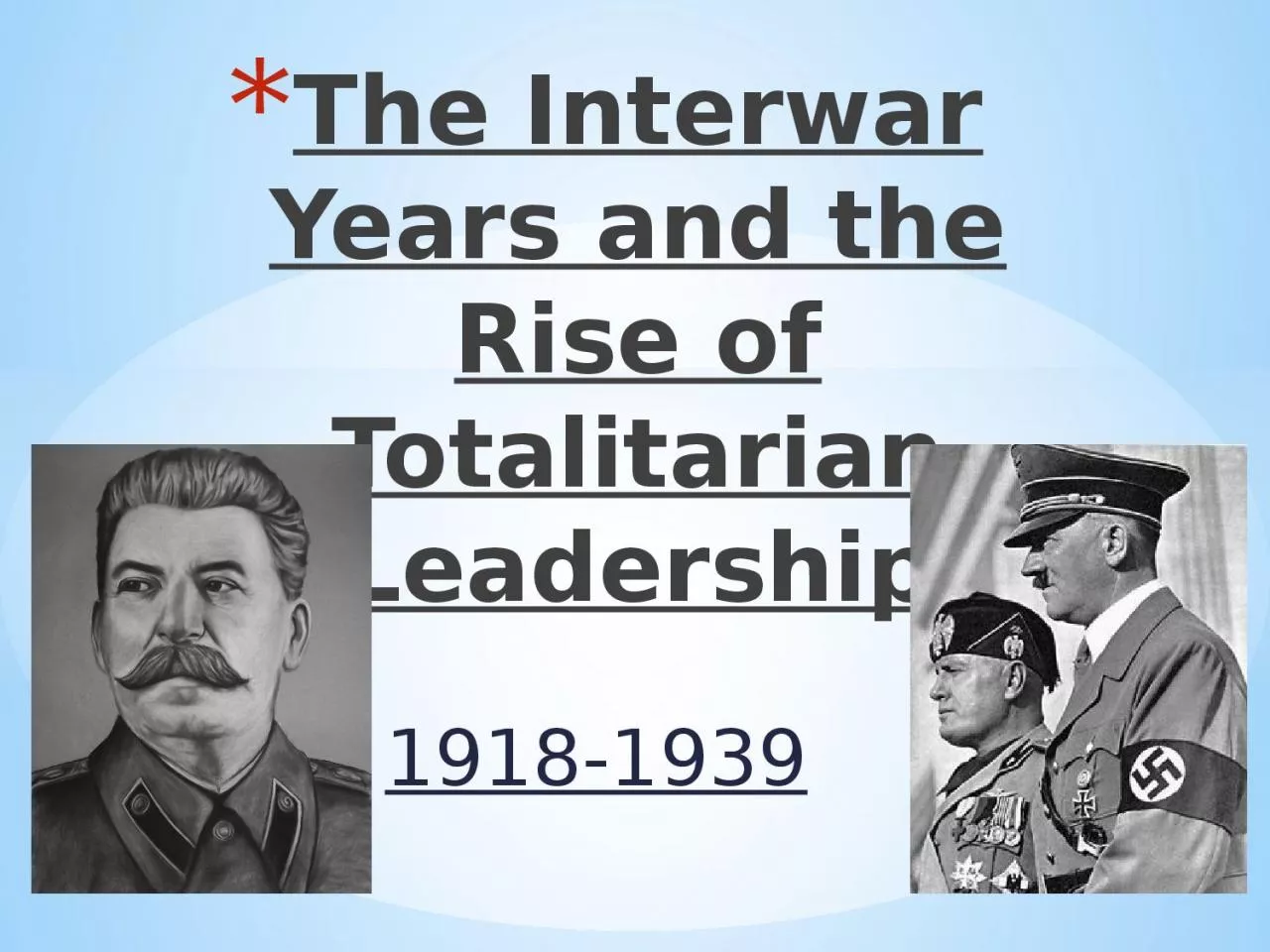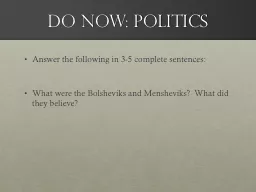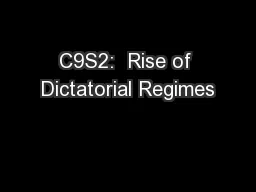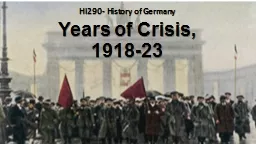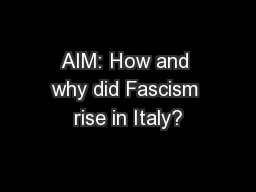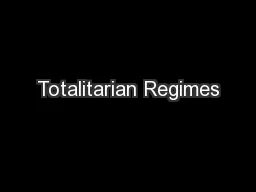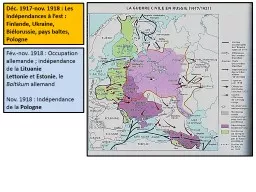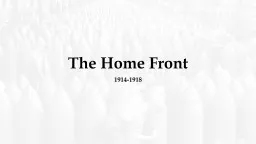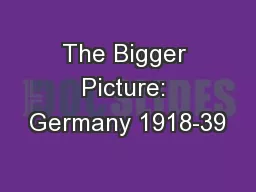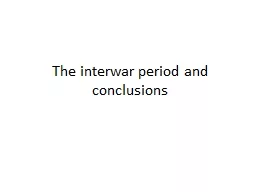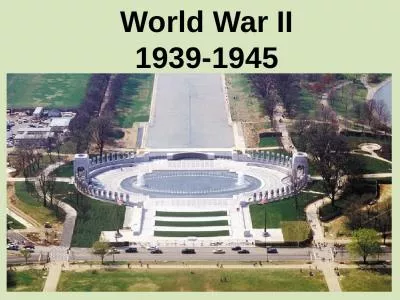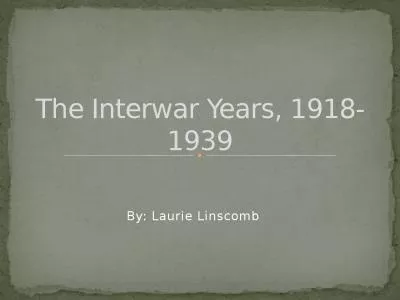PPT-1918-1939 The Interwar Years and the Rise of Totalitarian Leadership
Author : erica | Published Date : 2024-03-13
Review Name the US president who served during World War I and was known for his 14 Point Plan which tried to bring stability to post war Europe Woodrow Wilson Review
Presentation Embed Code
Download Presentation
Download Presentation The PPT/PDF document "1918-1939 The Interwar Years and the Ris..." is the property of its rightful owner. Permission is granted to download and print the materials on this website for personal, non-commercial use only, and to display it on your personal computer provided you do not modify the materials and that you retain all copyright notices contained in the materials. By downloading content from our website, you accept the terms of this agreement.
1918-1939 The Interwar Years and the Rise of Totalitarian Leadership: Transcript
Download Rules Of Document
"1918-1939 The Interwar Years and the Rise of Totalitarian Leadership"The content belongs to its owner. You may download and print it for personal use, without modification, and keep all copyright notices. By downloading, you agree to these terms.
Related Documents

